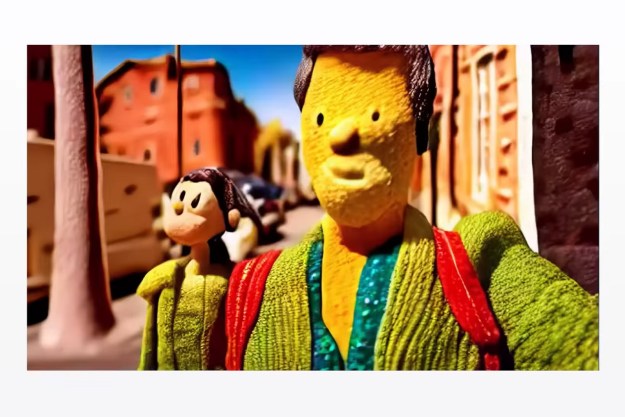
The tool comes from Everypixel, a startup that is looking to change the stock photography market by creating a search tool that browses multiple platforms at once, giving the little guy just as much exposure as the stock photo giants.
The Aesthetics tool, still in beta testing, allows users to upload a photo and get an auto-generated list of tags, as well as a percentage rate on the “chance that this image is awesome.” According to developers, the neural network was trained to view an image much in the same way a human photo editor would, looking at factors such as color, sharpness, and subject. The system was generated by allowing computers to watch and learn from a training dataset with 946,894 images.
The system is designed to help curate the best images — but just how accurate is it? As early users report, the system seems to be fairly good at recognizing factors like whether or not the image is sharp and if the composition is interesting, but it is certainly far from a pair of human eyes. One user doodled a black brushstroke on a white canvas in Photoshop and still got a rating over 70 percent. The program is not the first of its kind either — Dreamstime recently started using artificial intelligence to help photo editors speed up the approval process.
While the results of just how “awesome” a photo is may not be accurate for every image, the auto-tagging tool could prove useful, generating a list of keywords from object recognition as well as less concrete terms, like love, happiness, and teamwork. Clicking on a keyword will bring up an Everypixel search for other images with that same tag, or users can copy and paste the list of keywords.
The tool may have some bugs to work out but it’s free to upload a photo and see just what a robot thinks of your work.
Editors' Recommendations
- ChatGPT AI chatbot can now be used without an account
- Google Bard could soon become your new AI life coach
- Google Bard can now speak, but can it drown out ChatGPT?
- Jasper AI: how to use the ChatGPT alternative now
- Grammarly’s new ChatGPT-like AI generator can do a lot more than proofread your writing




